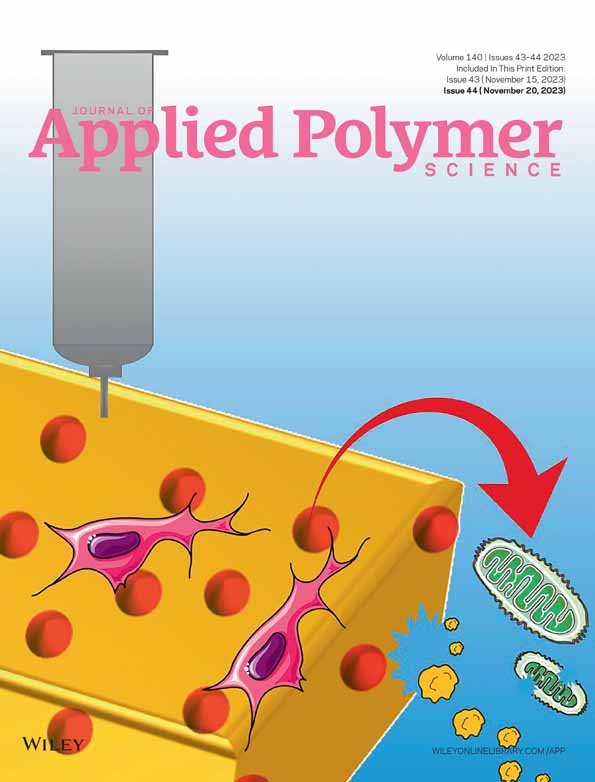Self-assembly behavior of elastin-like polypeptides composed of charged and neutral blocks with different block ratio
Abstract
Elastin-like polypeptides (ELPs) are stimulus-responsive protein-based biopolymers, and some ELP block copolymers can assemble into spherical nanoparticles with thermosensitivity. In this study, three differently charged-neutral diblock ELPs with different ratios of (1:8, 1:4, and 1:2) and one neutral ELP were synthesized, and the dependence of their physical properties on ELP concentration, pH, temperature, and salt concentration was investigated. In deionized water, all ELPs showed one-step transition behavior from soluble single chains below the transition temperature (Tt), to macroscopic aggregates above the Tt. In NaCl solutions, while neutral ELP still aggregated above the Tt, the charged-neutral diblock ELPs (1:4 and 1:2) formed hydrophobic core micelles by self-assembly above certain NaCl concentration and would not aggregate due to the repulsive force between the same charged molecules on the surface. The temperature-triggered self-assembly behavior of each ELP as a function of block ratio, temperature, and salt concentration was investigated using analytical instruments that included a turbidimeter, dynamic light scattering, and transmission electron microscopy.
Open Research
DATA AVAILABILITY STATEMENT
The data that support the findings of this study are available on reasonable request from the corresponding authors.




